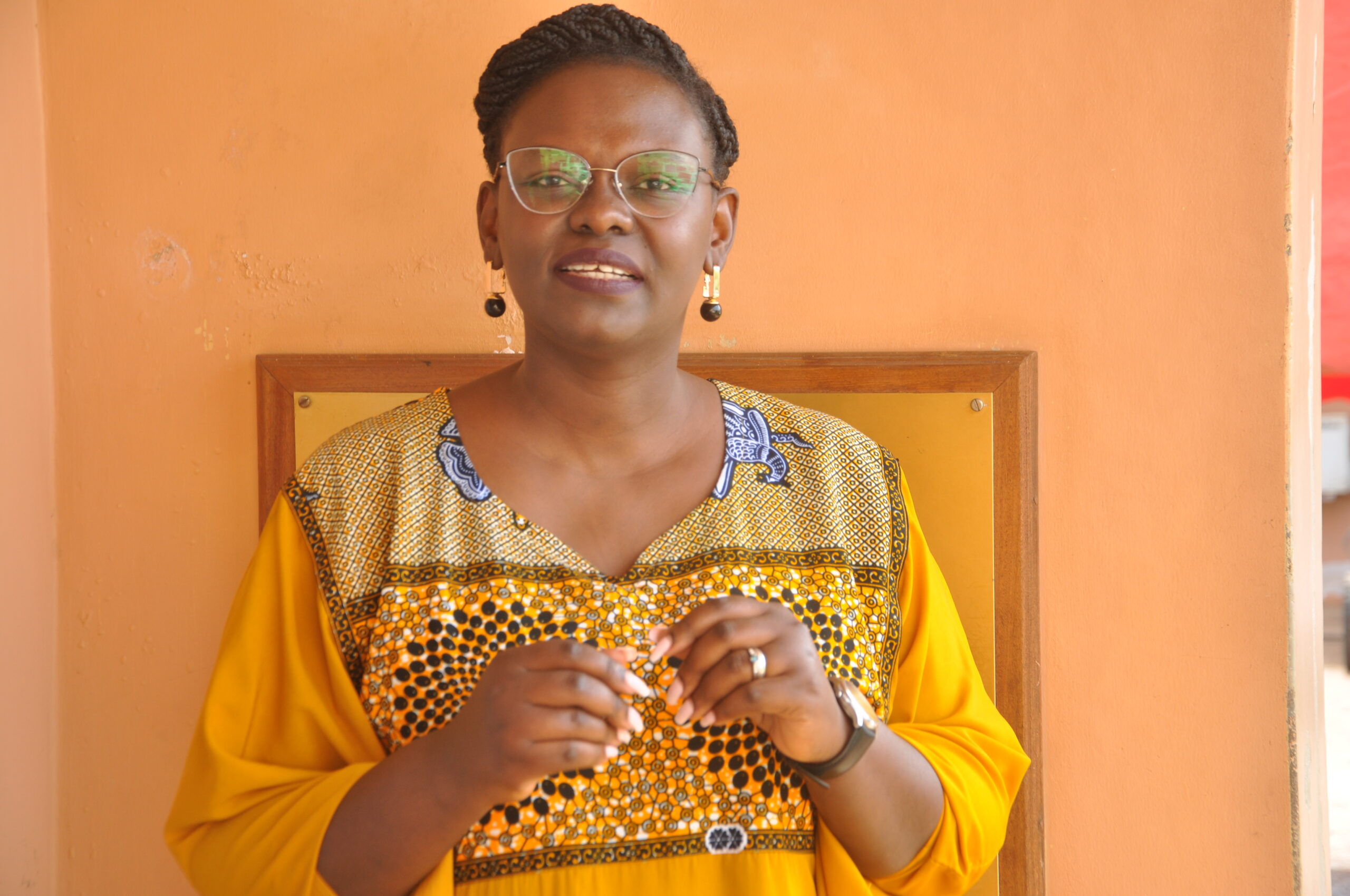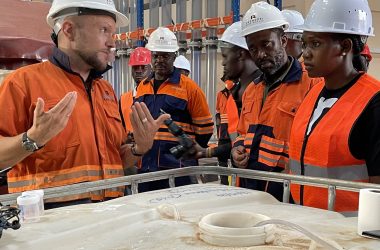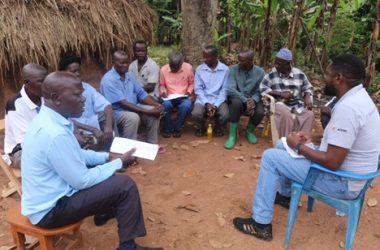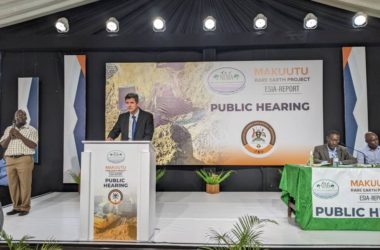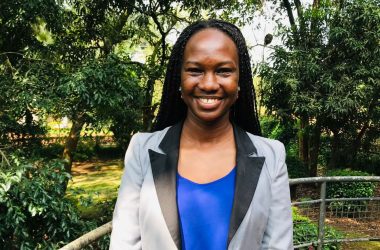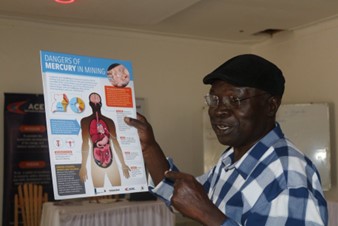On 23rd November 2022, the planetGOLD Uganda project was launched. The project’s main objective is to reduce the use of mercury in the country’s ASGM sector through a holistic, multisectoral integrated formalization approach and to increase access to finance, leading to adoption of sustainable mercury-free technologies and access to traceable gold supply chains. The project, funded by the Global Environment Facility, will be implemented by the UN Environment Programme and executed by IMPACT, in partnership with the National Environment Management Authority and the Directorate of Geological Survey and Mines. In this interview, Project Manager planetGOLD, Lynn Gitu, shares some insights with PLEXII’s Robert Mwesigye.
Mercury is obviously a major environmental concern among ASMs as its footprint goes beyond the immediate community through water contamination and effects manifest overtime. What are some of the interventions under the planetGOLD project?
The interventions under the project are under four components:
First is Formalisation optimization by supporting artisanal and small-scale miners to organize themselves into legal entities that can access new licenses under the new Mining and Minerals Act, 2022.
Second is financial inclusion and responsible supply chains by supporting artisanal and small-scale miners to access credit from financial institutions as well as government and development partner-led financing initiatives. It also involves bringing ASM gold into the international supply chains as they learn to comply with international standards like the EU regulations, ICGLR RCM, planetGOLD criteria, etc.
Third is enhancing uptake of mercury-free technologies by working with ASM groups to adopt mercury technology methods after consistent interventions of awareness raising about the dangers of mercury to health and environment.
Fourth is knowledge sharing and management so that information and knowledge shared through the course of the project leads to improvement in the management of the ASGM sector of the country. That is, that the ASGM sector is not only a producer of ‘horror’ stories but that there is commitment to growth and compliance to international standards of doing business.
Is there ongoing research that might result into a more effective gold extraction method seeing that miners argue that the available options to mercury do not work?
The planetGOLD Uganda project hopes to partner with different individuals and academic institutions like Busitema University to support research and development on this issue to make sure that the mercury-free technologies that eventually are taken up by miners are mostly home grown. Additionally, there have been some technologies piloted in countries like Colombia, Guyana and Peru that have yielded good results so far. The project in Uganda has the opportunity to start with those methods/ technologies and not from scratch.
The planetGOLD project targets 4,500 miners; in Uganda DGSM estimates at least 31,000 gold miners. Is this not a less than representative target population?
Development interventions are not intended to be a waterfall but more like a measured tap. The philosophy is: target a small number and do your work with them so well that they affect double their number and also, allow other development actors to reach another small number and on and on. This project is certainly not the only development intervention that will be running between now and 2027. Additionally, a multi-stakeholder approach of the project’s interventions will enable the project to reach more miners than these as it is envisioned that the project will partner will national NGOs and CBOs to reach their immediate beneficiaries, but good planning demands that target beneficiary numbers are not over ambitious.
According to the Minamata Convention we have a 2030 target to eliminate use of mercury. Is this achievable given that it remains a gradual process for miners to fully abandon mercury?
This is a question, again, of prudent planning. The target of 2030 allows all stakeholders relevant to its achievement to be put on notice to put their best foot forward as they make plans and develop interventions. The ambition is good for stakeholders to get to work as soon as possible aiming to meet that deadline as opposed to procrastinating or shelving the issue. As the saying goes, aim for the stars and you will likely hit the clouds.
Mercury is widely used because the volumes processed by miners are usually small which explains why it’s easily accessible and cheap. What do you think will motivate miners to abandon mercury all together?
I think an understanding of the harmful effects of the anthropogenic emissions of this chemical on not just the miners themselves but their children, their communities, the country and even the rest of the world will enable a mindset change. This is the foundational hope of this project’s interventions. Additionally, helping the miners to be integrated into the available legal financial systems and changing the negative attitude of financiers toward ASMs will help miners not depend on manipulative gold traders who provide capital but also mercury.
What is your view on the criminalization of mercury use by government as miners struggle to find alternative means that are not even affordable to most of them?
An effort was made by civil society stakeholders to petition Parliament to modify this provision in the Mining and Minerals Act, 2022 but the push back was that because the Minamata Convention, which was ratified by Uganda, speaks to elimination, our mining law cannot have ‘progressive’ language. Criminalization certainly makes miners’ operations tenuous; the hard work is to partner with government/the DGSM to adopt a supportive attitude to miners rather than a punitive one.
ASM dynamics indicate women are more exposed to the mercury because of their role in the value chain of gold extraction. Does the planetGOLD project have any specific gender interventions to address this?
Absolutely. Actions to promote gender equality and women’s empowerment are front and center in the interventions of this project. A gender action plan was developed as part of the project’s proposal preparation and one of the key cornerstones of the plan is gender impact analysis of every project intervention as well as any laws or regulations that will be developed with the support of the project.
Do the project interventions include sensitizing communities too, beyond just miners as mercury tends to contaminate the ecosystems they interact with?
Yes, of course. A sensitization strategy is in place and there is opportunity for it to be continually reviewed and adapted to realities of the context as the project progresses.

